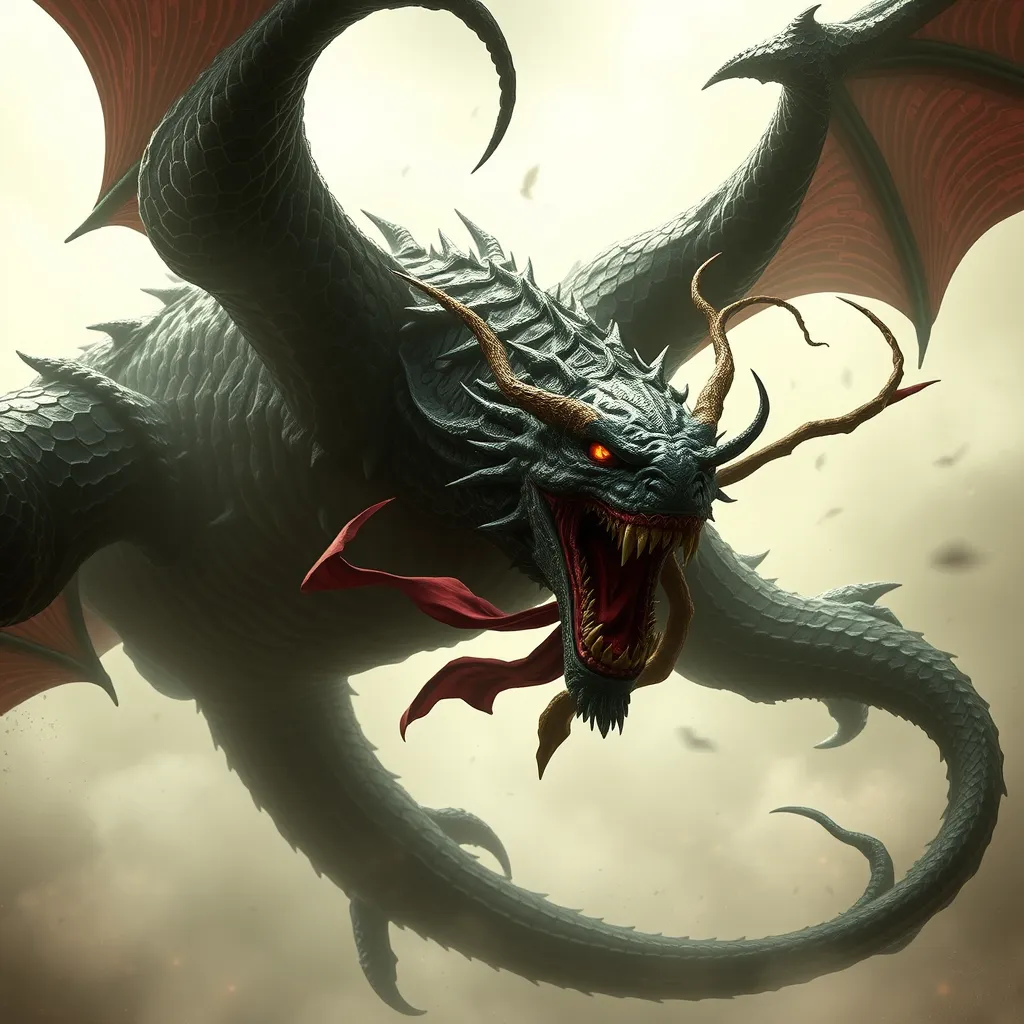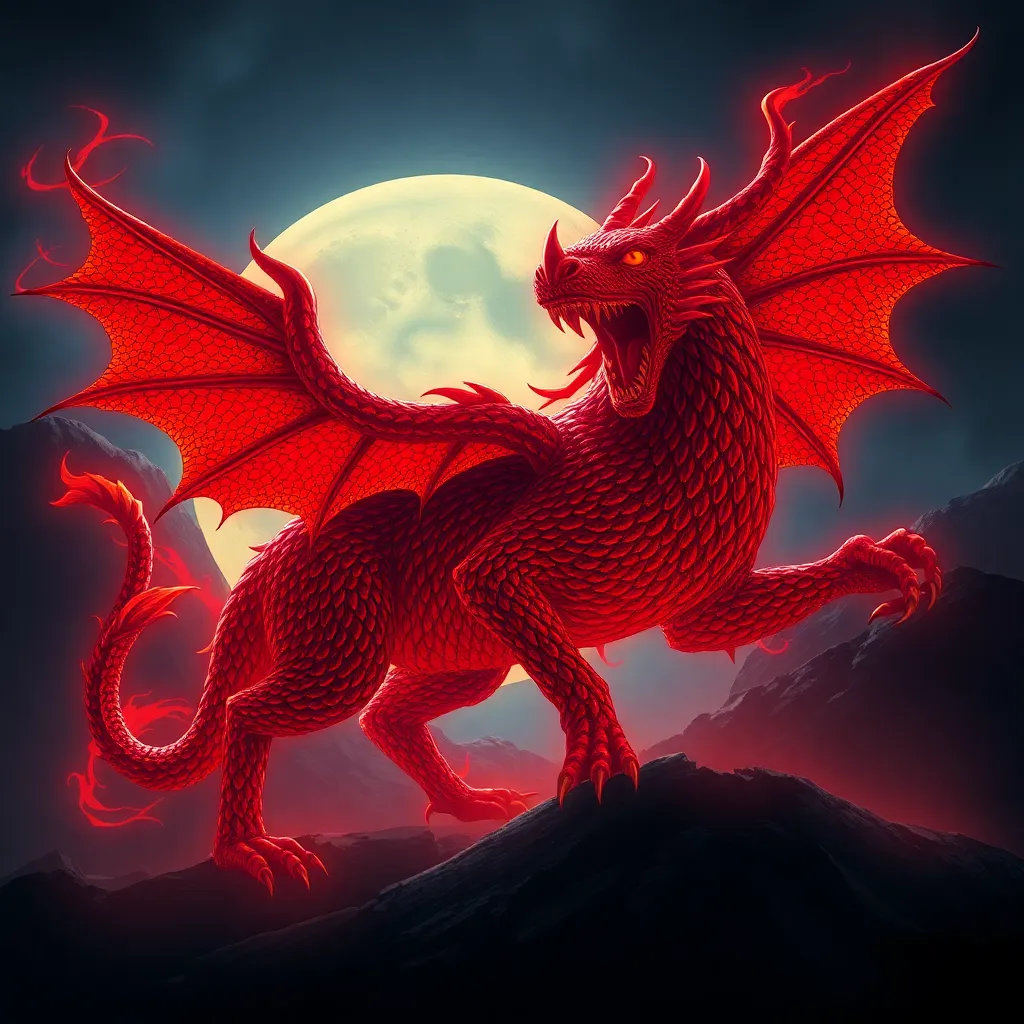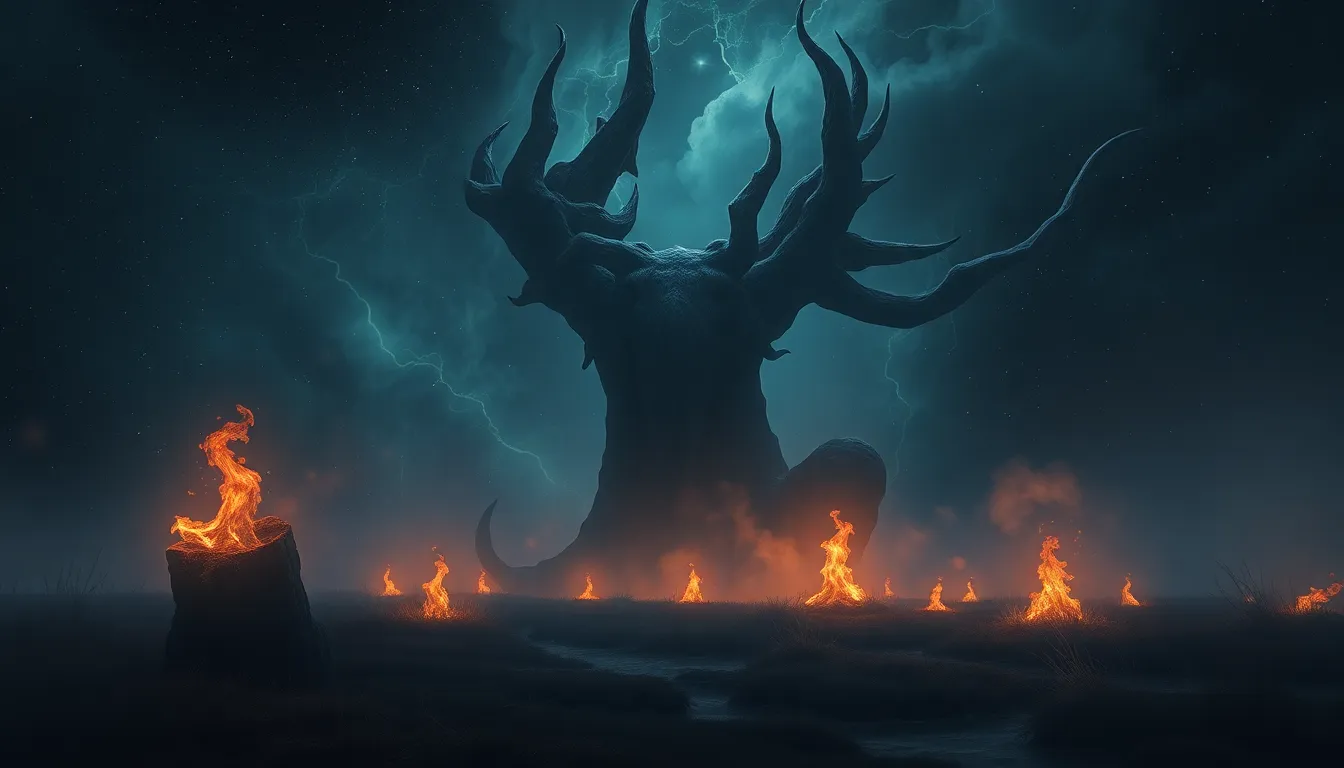The Hydra and the Hero: Exploring the Archetype of the Monster Slayer
I. Introduction
The archetype of the monster slayer is a powerful narrative thread woven into the fabric of human storytelling. It embodies the struggle against chaos, evil, and the unknown, serving as a metaphor for our own battles in life. The monster slayer represents courage, resilience, and the drive to confront what terrifies us.
Among the most iconic monsters in mythology is the Hydra, a multi-headed serpent from Greek lore. The significance of the Hydra lies not only in its fearsome appearance but also in its representation of insurmountable challenges and the persistent nature of evil.
This article will explore the myth of the Hydra, the characteristics of the monster slayer, the strategies employed in their battles, the symbolism of resilience, and the legacy of this archetype in literature and society. Through this exploration, we will uncover the psychological dimensions of fear and the enduring appeal of heroes who confront monsters.
II. The Myth of the Hydra
The Hydra’s origins can be traced back to ancient Greek mythology, where it is often depicted as a serpent-like creature with multiple heads. According to legend, it resided in the swamps of Lerna and was bred by Typhon and Echidna, two of the most fearsome beings in Greek mythology. The Hydra was said to possess regenerative powers, growing two heads for every one that was severed, making it a formidable opponent.
Characteristics and powers of the Hydra include:
- Multiple heads, often depicted as having nine in total.
- Regenerative abilities that made it nearly impossible to kill.
- A poisonous breath that could kill any creature that dared to approach it.
The Hydra serves as a symbol of chaos and evil, representing the idea that some challenges seem to multiply the more we try to combat them. Its very existence calls into question the effectiveness of brute strength and traditional methods of fighting against malevolent forces.
III. The Heroic Response: Defining the Monster Slayer
The monster slayer archetype typically embodies several traits that define the classic hero. These include:
- Courage: The willingness to face danger and uncertainty.
- Resourcefulness: The ability to devise clever strategies to overcome obstacles.
- Determination: An unwavering commitment to the quest, regardless of the challenges.
The journey of the monster slayer often follows a pattern, starting with a call to adventure, followed by trials and tribulations that test their resolve. This journey is not only physical but also psychological, representing a battle within the hero to conquer their own fears and limitations.
The cultural implications of the hero’s quest resonate deeply within societies. By confronting evil, the monster slayer not only restores order but also provides a framework for individuals to face their own demons—be they personal struggles or societal issues.
IV. The Battle: Strategies and Symbolism
In the myth of Hercules and the Hydra, we see various techniques employed by heroes to defeat this monstrous foe. Key strategies include:
- Identifying weaknesses: Hercules learned that cauterizing the necks of the Hydra after severing its heads would prevent them from growing back.
- Seeking assistance: The importance of allies, such as Iolaus, who helped Hercules in his quest, highlights the value of teamwork.
- Utilizing intelligence over strength: Hercules’ victory was as much about clever tactics as it was about brute force.
The struggle against the monster symbolizes the human experience of facing adversity. Each head of the Hydra can be seen as a different challenge or fear that must be confronted. The act of fighting the monster becomes a metaphor for personal growth and the journey towards overcoming life’s obstacles.
Teamwork and mentorship play crucial roles in the narrative of the monster slayer. The collaboration between Hercules and Iolaus showcases how heroes often rely on others to achieve victory, emphasizing the importance of community and support in overcoming challenges.
V. The Hydra’s Regeneration: Lessons in Resilience
The Hydra’s ability to grow back heads serves as a powerful metaphor for resilience in the face of adversity. This regeneration can be interpreted as a reflection of life’s challenges, where problems can often seem to multiply when we attempt to solve them.
Key lessons in resilience drawn from the Hydra include:
- Understanding that setbacks are a natural part of any journey.
- Embracing a mindset of persistence; just as the Hydra regrows its heads, we too can learn to adapt and overcome.
- Recognizing that facing challenges can lead to growth and strength.
The story of the Hydra teaches us that resilience is not just about fighting back but also about adapting our strategies and finding new ways to confront our fears and challenges.
VI. The Legacy of the Monster Slayer Archetype
The monster slayer archetype has evolved significantly over the centuries, finding its place in literature, film, and other forms of media. From ancient myths to contemporary stories, heroes continue to confront monstrous adversaries.
Examples of modern interpretations include:
- Superheroes in comic books and films, who often battle villains that embody societal fears.
- Literature that reinterprets classic tales, such as retellings of Hercules’ labors.
- Video games where players assume the role of a hero slaying monsters, often reflecting personal or societal challenges.
The enduring appeal of the hero versus monster narrative lies in its universal themes of courage, struggle, and triumph over adversity. These stories resonate with audiences, providing both escapism and inspiration.
VII. The Psychological Dimension: Fear and the Monster
The psychology behind our fear of monsters is deeply rooted in human experience. Monsters often symbolize the unknown, representing fears that lurk in the shadows of our minds. They can take many forms, from literal creatures to metaphorical representations of societal issues.
In personal and societal contexts, monsters can represent:
- Internal fears such as anxiety, failure, or loss.
- External threats like violence, injustice, or oppression.
The monster slayer embodies the confrontation with fear, demonstrating that by facing our fears head-on, we can begin to understand and overcome them. This process of confronting the monster can lead to personal growth and empowerment.
VIII. Conclusion
In summary, the exploration of the Hydra and the archetype of the monster slayer reveals key themes of courage, resilience, and the ongoing battle against chaos and evil. The hero’s journey offers a framework for understanding our own challenges, reminding us that we can confront our fears and adapt to the trials we face.
The relevance of the hero-monster dynamic continues to be significant in contemporary society, providing narratives that inspire and empower individuals to tackle their own monsters. As we reflect on the journey of the monster slayer, we recognize that the struggle against chaos and fear is a timeless and universal aspect of the human experience.



